Hardly any other genus of loricariid catfish, often referred to as L-catfish, is as widespread and important in aquariums as Ancistrus. Practically every aquarium is home to a few of these problem-free animals, which do an excellent job of cleaning the glass, look bizarre and hardly disturb other fish. But when it comes to identification – oh dear! 76 species are scientifically accepted, but there are many, many more. Even specialists are often unable to identify an Ancistrus without exact details of its origin.
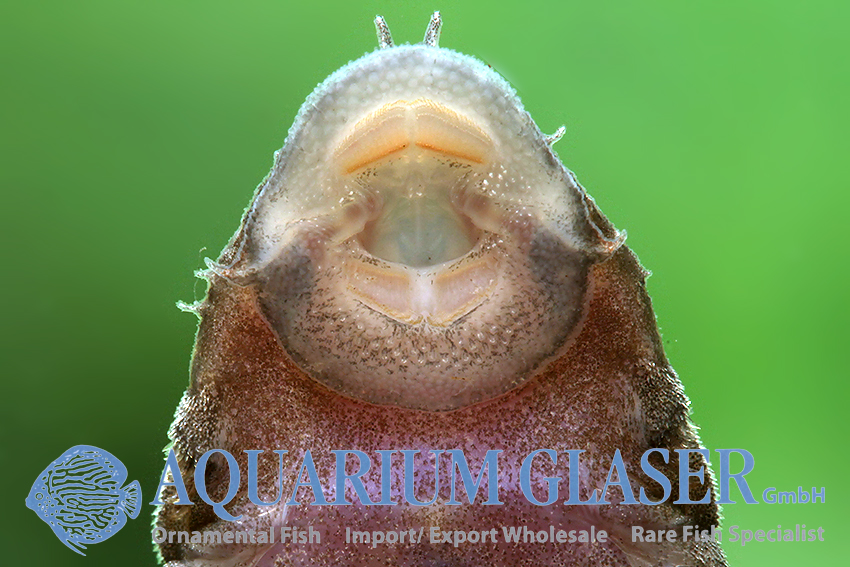
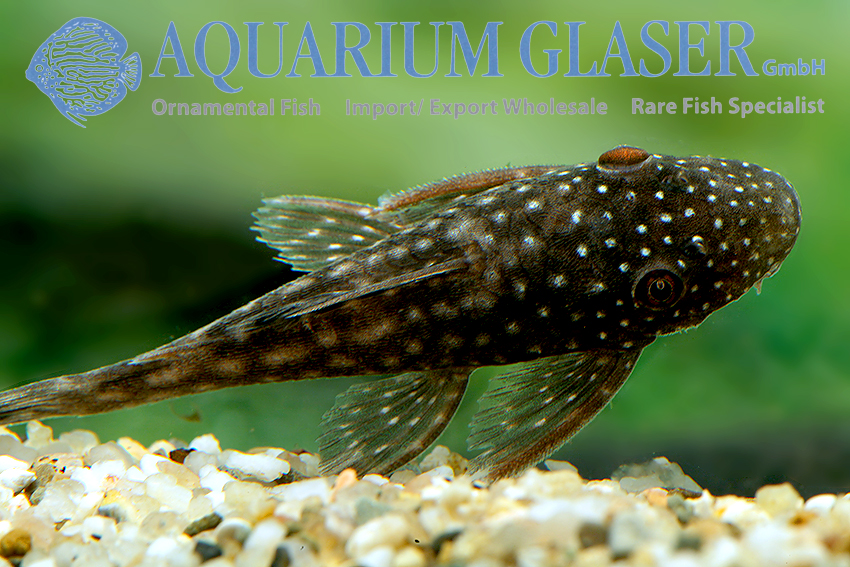
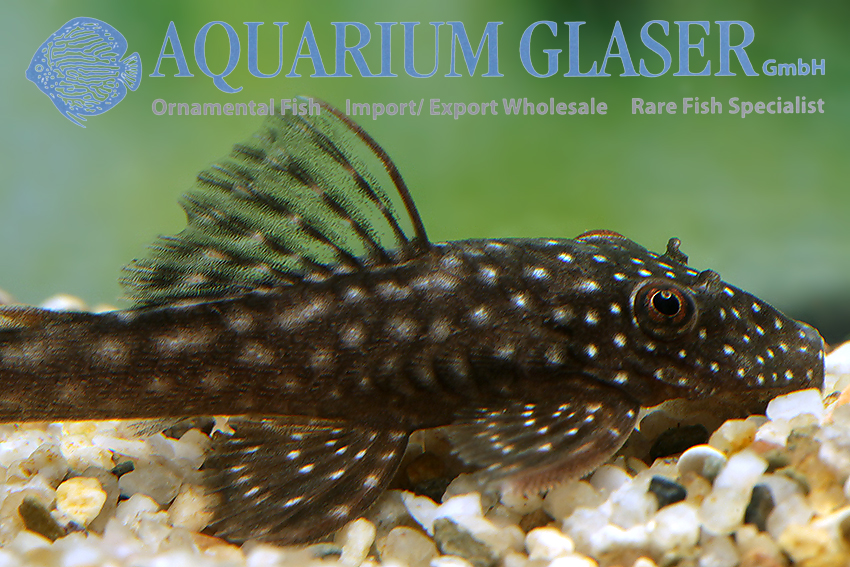
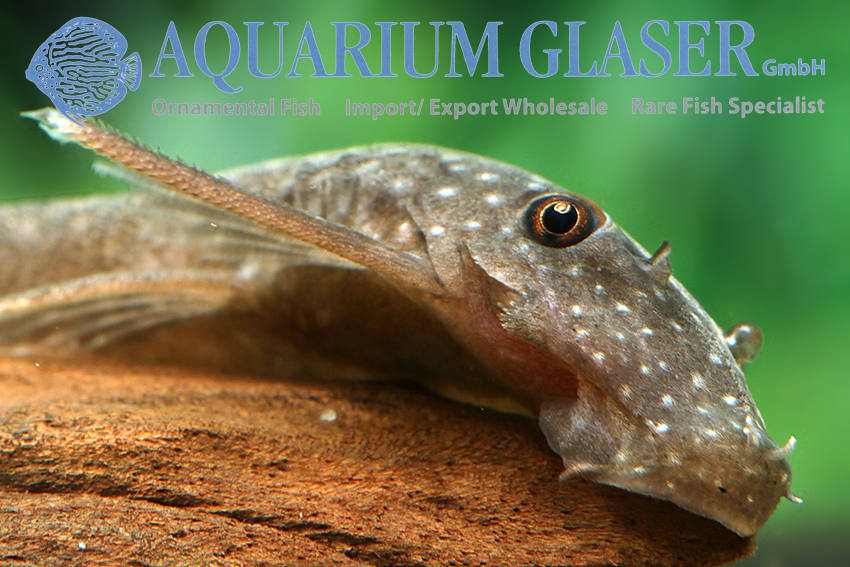
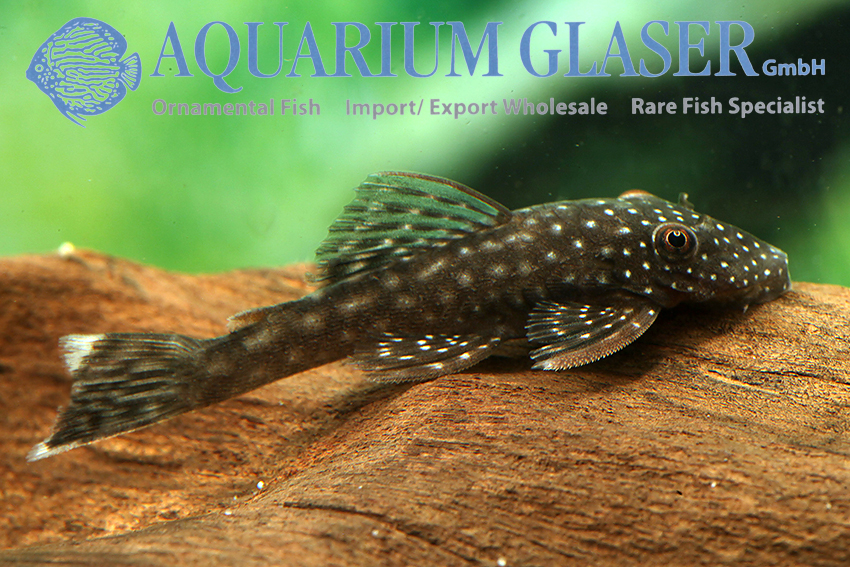
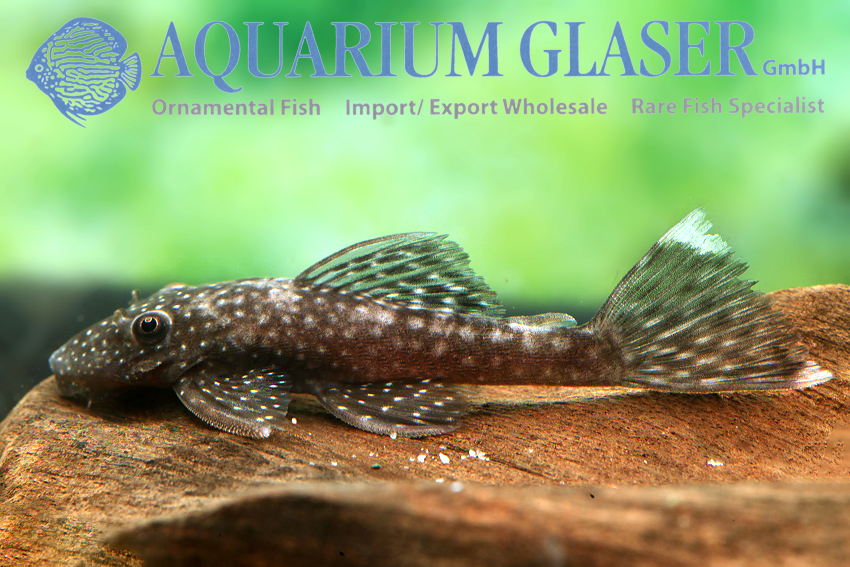
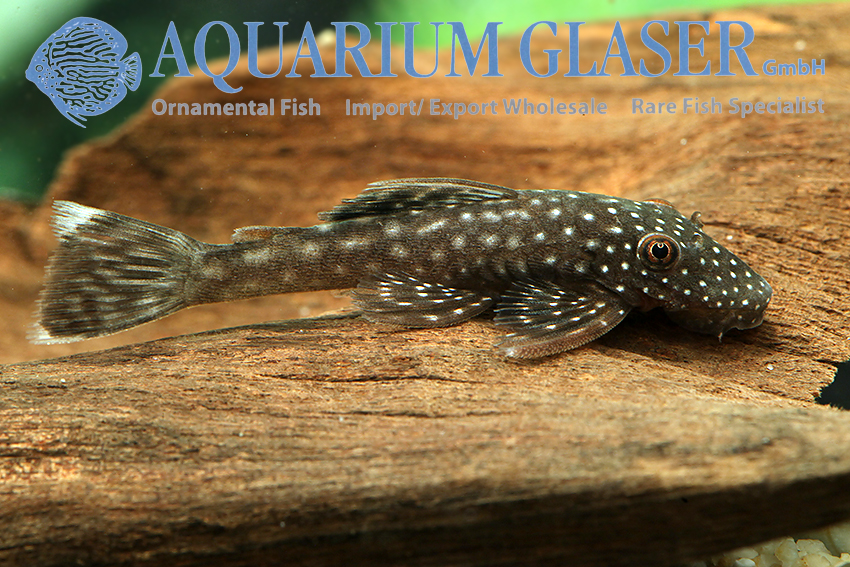
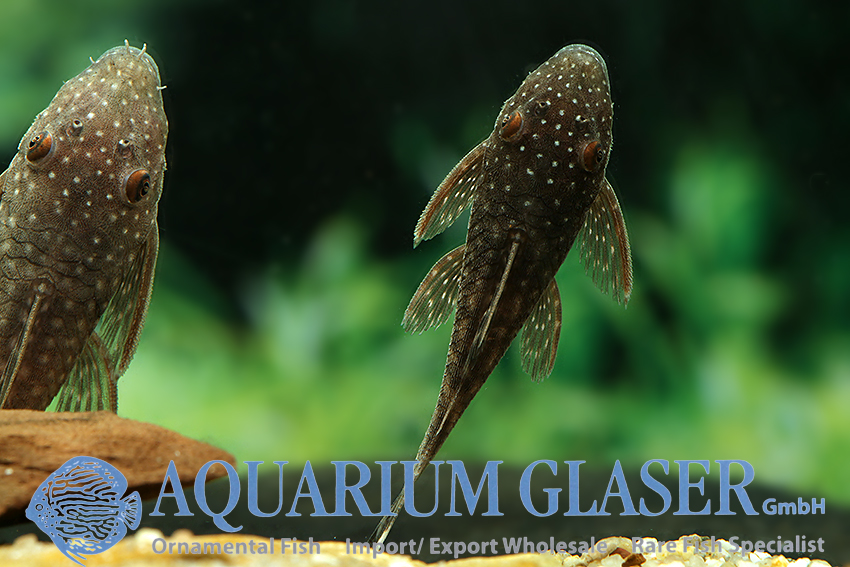
LDA45, which was later given the L number 349, is a welcome exception. Its – for Ancistrus very untypical – slender shape and the species-typical pattern with small dots on the head and significantly larger dots on the body are very characteristic, although this Ancistrus can also be very variably colored. Our current import from Peru has very striking red eyes, but we are not sure whether this is always the case. In many specimens the spots on the head have a greenish shimmer, but this characteristic seems to be rather individual.
In terms of behavior, this Ancistrus, which as far as we know has not yet been scientifically identified, is also special. Many Ancistrus are addicted to hiding and initially quite shy, driving photographers crazy. It often takes several weeks of acclimatization before they become photogenic. If you try to outwit them with bare tanks, the Ancistrus will respond with bland frightful colors. Not so with LDA45, which shows no shyness whatsoever and also gambols around the aquarium during the day!
Our animals are currently 4-5 cm long and still have juvenile markings. The white corners of the caudal fin are reduced to the point of unrecognizability with age. According to the literature, this Ancistrus species reaches a total length of 10-12 cm and loves strong currents, which is also indicated by its slender body.
For our customers: the animals have code 26480-LDA 045-1 on our stocklist. Please note that we only supply the wholesale trade.
Text & photos: Frank Schäfer




